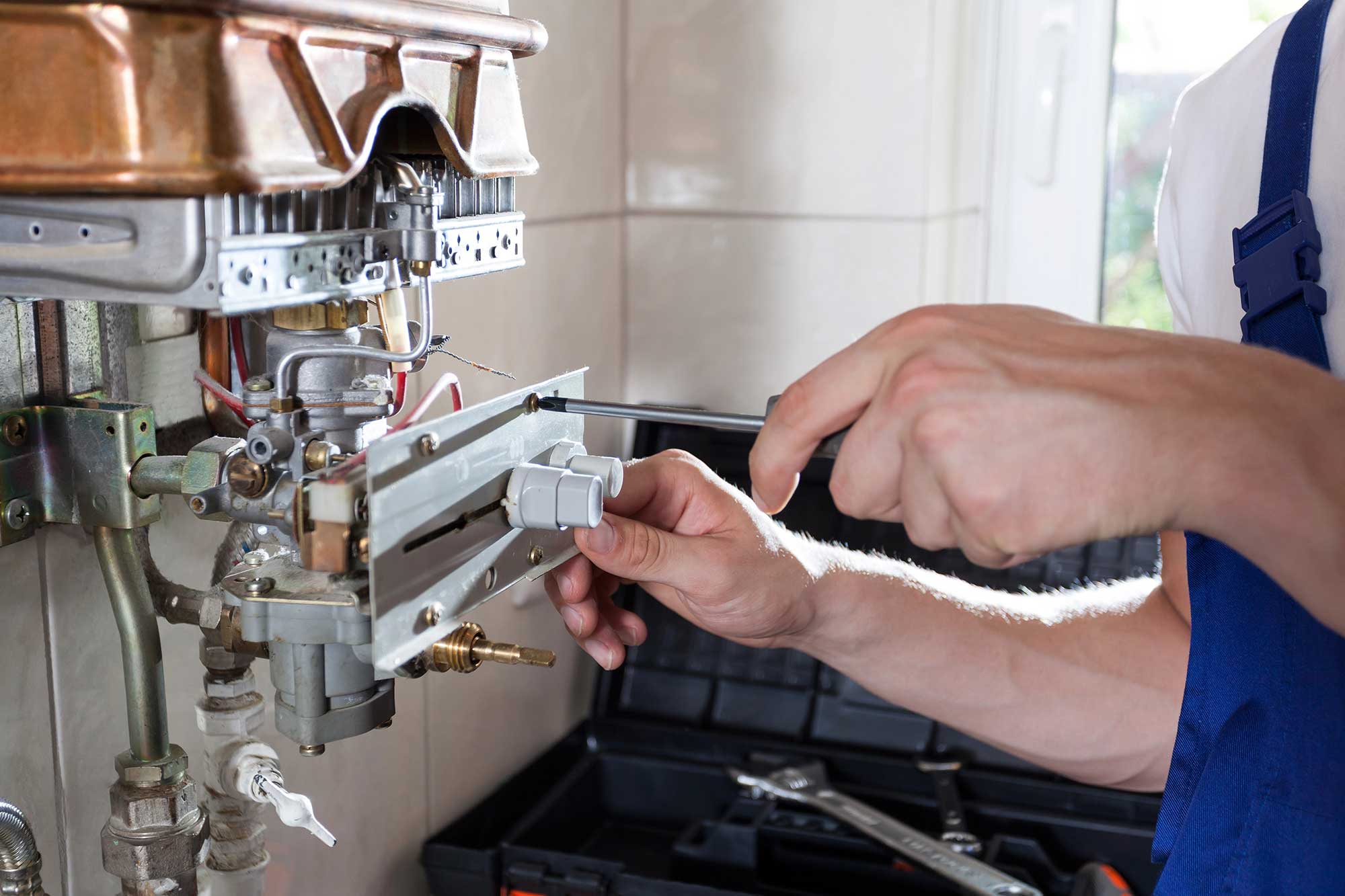If you’ve noticed water pooling beneath your unit, don’t brush it off. A water heater leaking from the bottom is a clear warning sign. The sooner you act, the better. At Payless Water Heaters, we specialize in fast diagnosis and same-day service throughout California, and we’ve seen firsthand how small leaks can lead to major damage if left unchecked.
This guide will walk you through what causes a water heater to leak from the bottom, what you can do right away, and when to call in the pros.
Why Bottom Leaks Are a Big Deal
Leaks at the base of the tank are often more than a minor annoyance. Water can damage flooring, walls, insulation and nearby appliances. It can also trigger mold growth and compromise your home’s structure if ignored. Most importantly, leaks from the bottom usually signal an internal issue — one that won’t fix itself.
What Causes a Water Heater To Leak From the Bottom?
Here are six of the most common culprits:
1. Internal Tank Cracks
If the tank itself is cracked due to corrosion or old age, there’s no quick fix. This typically means your water heater has reached the end of its lifespan. Most standard units last 8 to 12 years, but hard water and lack of maintenance can shorten that dramatically.
2. Sediment Buildup
Over time, minerals in your water settle at the bottom of your tank. This sediment traps water, which then overheats and causes cracking, sizzling noises and even internal tank failure. This is especially common in areas with hard water.
3. Faulty Temperature & Pressure Relief (T&P) Valve
This valve is designed to release pressure when your water heater gets too hot. If it malfunctions or if your system is overheating due to a broken thermostat, it can trigger a leak. Water from a working T&P valve should drain through a pipe directed at the floor but if that area is constantly wet, there’s a problem.
4. Drain Valve Leaks
The drain valve is used for flushing the tank during maintenance. If it becomes loose or worn out, water may drip from it. Try tightening the valve. If that doesn’t stop the leak, you’ll likely need a replacement.
5. Loose Connections
Cold and hot water inlet/outlet connections can loosen over time. While leaks from these spots typically start at the top, the water may travel along the tank surface and drip from the bottom, making the source harder to spot.
6. Worn-Out Anode Rod
This part helps prevent rust inside your tank. But once it’s used up, corrosion can set in fast. It should be inspected every one to two years. If the rod is not replaced when it’s heavily corroded, the tank will begin to rust and leak from within.
What To Do if You See a Leak
- Turn off the power. Switch off the breaker if it’s electric or turn the gas valve to off for gas models.
- Shut off the water supply. There’s usually a valve near the top of the unit. Turn it clockwise to stop incoming water.
- Clean up pooled water. This helps prevent further damage and gives you a better look at the source.
- Don’t ignore it. Even if the leak stops briefly, the underlying issue remains. Leaks get worse, not better.
Preventing Future Leaks To Help Extend Your Water Heater Lifespan
- Flush your tank at least once a year to remove sediment.
- Check the anode rod every 1–2 years and replace it as needed.
- Inspect valves and connections regularly.
- Schedule annual service with a professional to keep your system running safely and efficiently.
If you’ve ever searched “water heater maintenance near me,” you’ve likely realized just how important proper upkeep is — especially in California, where older homes and hard water conditions add extra stress to your system.
Is It Time to Replace Your Water Heater? 4 Signs To Watch for
Some issues can be repaired, but others call for full replacement. Here are signs it’s time to install a new water heater:
- Leaking from the bottom
- Signs of corrosion or cracks on the unit
- Frequent repairs or noisy operation
- Increasing energy bills
Worried your water heater leak could lead to bigger problems? Don’t wait. Call or text the trusted pros at Payless Water Heaters for fast, expert service. We offer same-day inspections and replacements across California — including Los Angeles, San Diego, the Bay Area, Orange County, Ventura County, Santa Barbara County and beyond. Get hot water restored in hours, not days.


